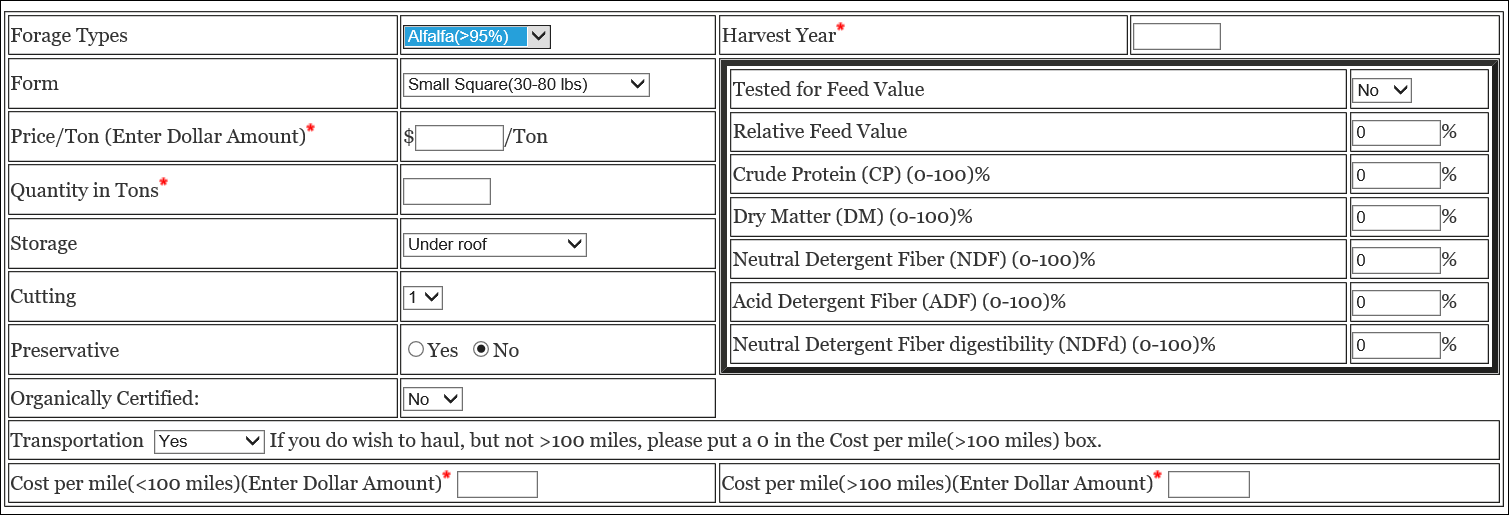Michigan hay supplies and prices for the spring season
Prices are holding higher than a year ago and supplies are tight for high quality hay, but lower quality hay can be found.

Livestock owners looking for hay in the next couple of months should be thinking about where to find hay to fill their needs. Depending on what type of livestock you have, there may be a challenge to finding the quality of hay you need. If you are looking for high quality hay, there is very little to be found. Lower quality hays are available and the prices are reflecting the good supply and demand. In the last 18 months, hay stocks were 30% lower from May 2018 to May 2019. Year-end stocks rebounded slightly according to the U.S. Department of Agriculture (USDA) National Agricultural Statistics Service (NASS) Crop Production Report published in December 2019. With the very wet spring and fall in 2019, good quality forage was hard to produce as dry hay supplies remained much below the supply from several years ago.
A short survey of the Michigan Hay Council board of directors about statewide hay prices and supplies reinforced the information from the USDA NASS Agriculture Prices for February hay, alfalfa and all hay, released on March 31, 2020. Prices are higher than a year ago in Michigan for all hay types. The prices for high quality alfalfa hay average near $250 per dry matter (DM) ton with very little supply available. Other hay types (e.g., alfalfa/grass, straw and grass hay with lower quality are available in all bale sizes and types and range from $100 to $200 per DM ton. The prices vary based on availability, location, quality, bale type and cutting.
For those buying or selling hay, the Michigan Hay Listing Network provides a free place for sellers of hay to advertise their forages for sale. Forages listed may be dry hay, haylage, alfalfa/grass hay, grass, straw and corn silage. Forms of hay include small square bales, large square bales, round bales and ensiled forages such as baleage (Fig. 1). The website is a cooperative effort between the Michigan Forage Council, Michigan Farm Bureau and Michigan State University Extension. Each listing can be listed for four months. Information on cutting, storage, price and available transportation are all listed on the website.

For more information, contact MSU Extension educator Phil Kaatz at kaatz@msu.edu or 810-667-0341.



 Print
Print Email
Email